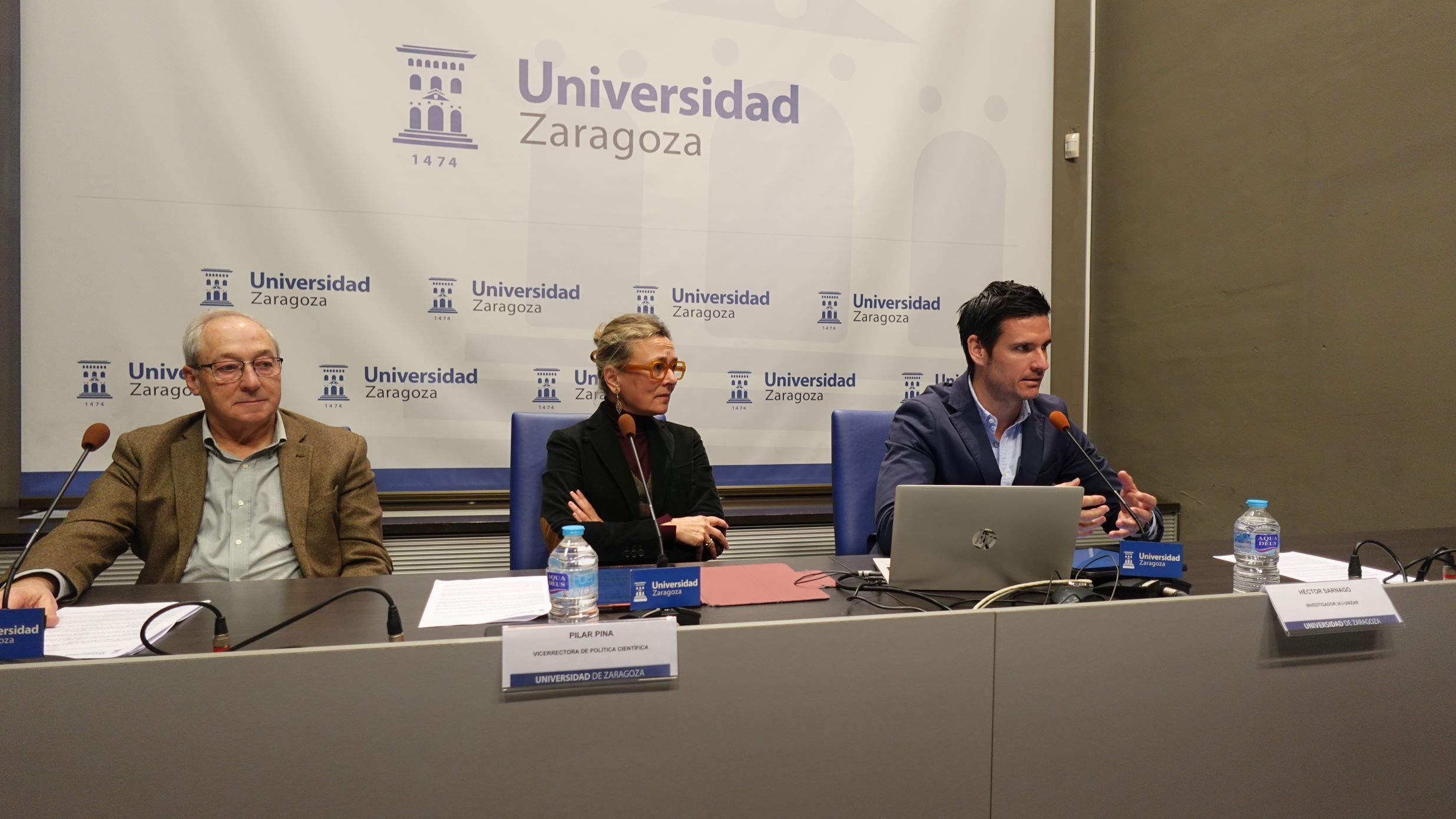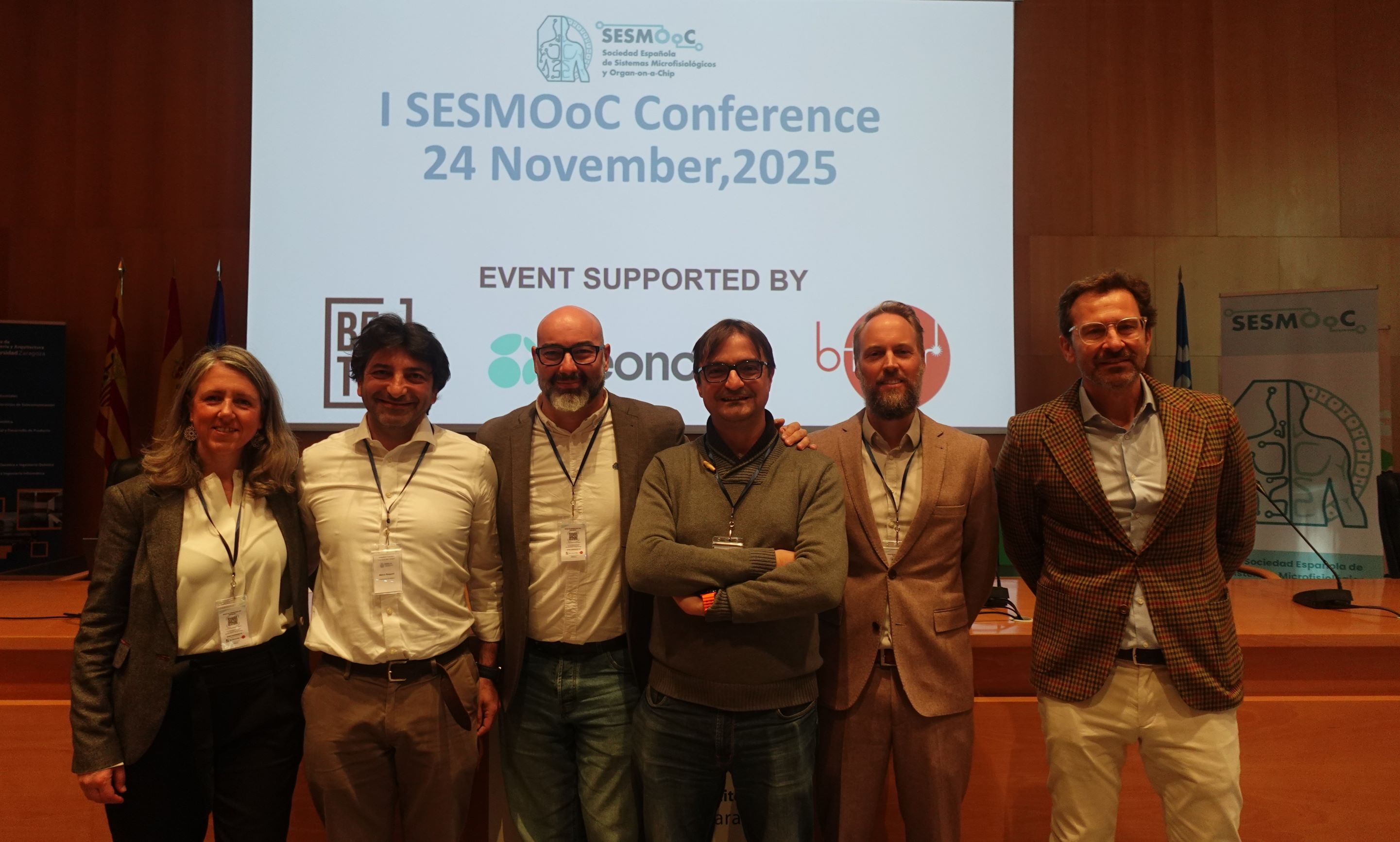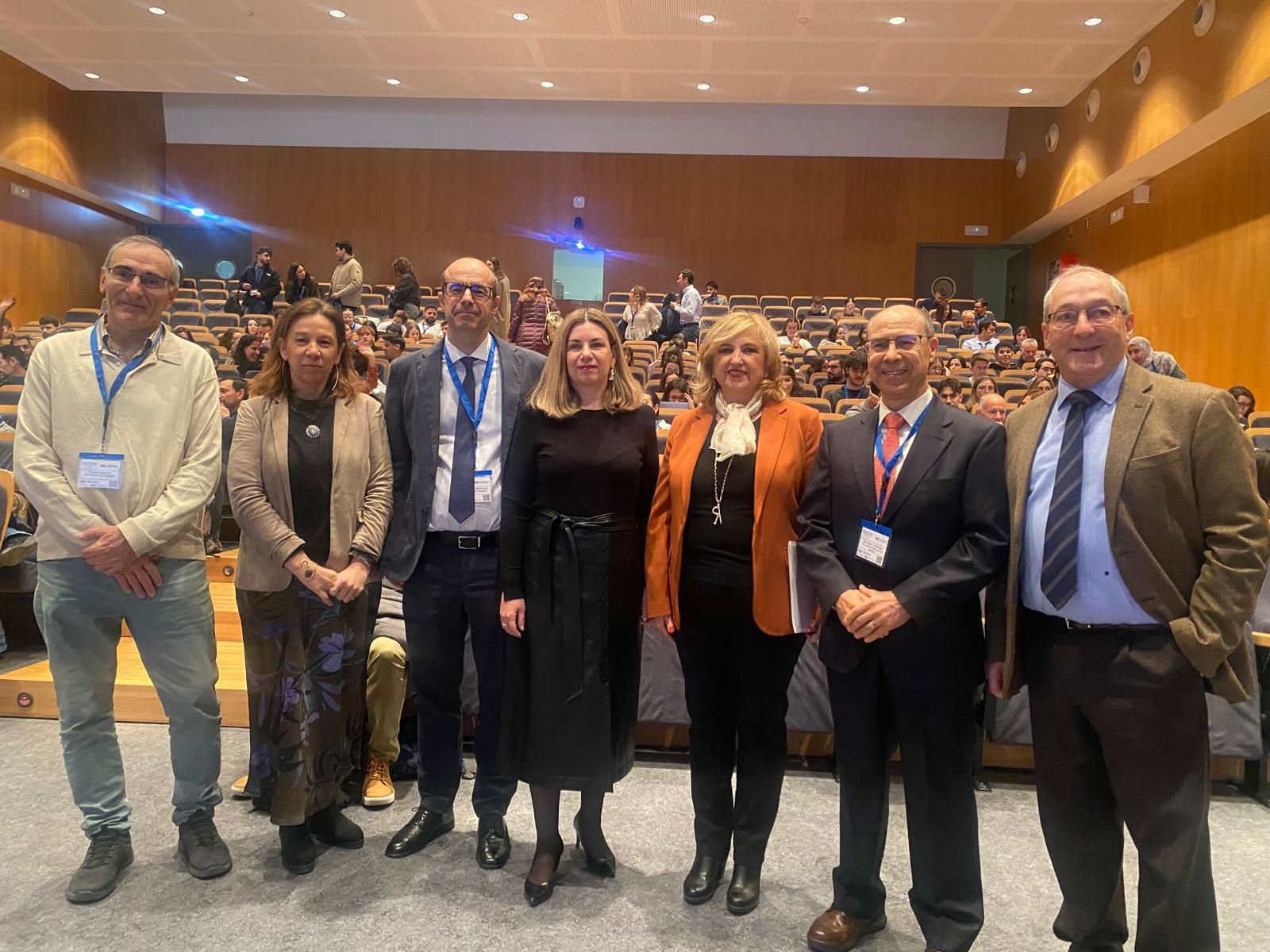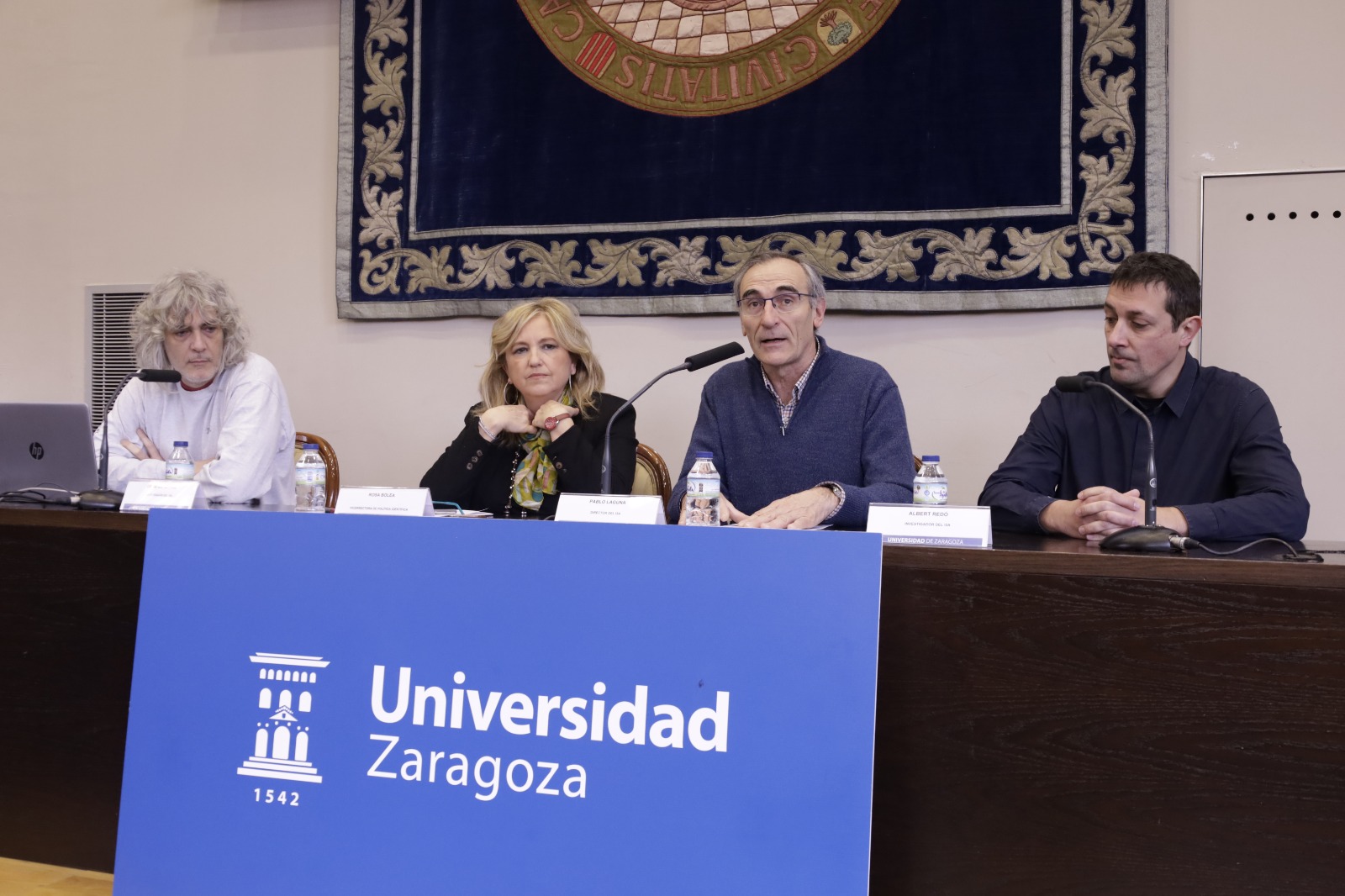
The Graphics & Imaging Lab research group at the University of Zaragoza, led by Professor Diego Gutiérrez, will coordinate the European ENLIGHTEN project, with a budget of more than 8.4 million euros, of which 1.4 million will be managed by the University.
ENLIGHTEN, which will run for the next four years, is funded by the European Defence Fund (European Defence Fund), has as its main objective the development of disruptive technologies for next-generation electro-optical sensing devices that enable the visualisation of scenes without direct line of sight, hidden, for example, behind a wall. It therefore drives the development of advanced concepts, promising technologies and disruptive innovations, with great potential in applications such as medical imaging, automated driving or rescue mission planning, among others.
As researcher Diego Gutiérrez explains, "the development of the project is not focused on a specific application but on being able to develop disruptive technology. But I am sure that in a few years' time some medical procedures will not be as invasive as they are now, cars will stop automatically if they detect that someone is crossing the road dangerously around a corner, and some rescue operations can be planned more efficiently thanks to this kind of technology.
In this sense, the researcher Albert Redó gave the example of the earthquake in Turkey, "with this technology they could be able to see what is under the ruins in order to save lives".
The starting point of his research is that any wall can be a virtual camera. "Light will be thrown so that it bounces off the wall and that light reaches the camera. This will allow us to reconstruct the profile of a hidden person," said Diego Gutiérrez. But it will also have future applications in automatic driving and automatic braking, "to see what is around the corner, for example, a child crossing the road, and so stop the car automatically".
The coordination and leadership by the Graphics & Imaging Lab at the Aragon Institute for Engineering Research (I3A) of this ambitious project is the result of more than ten years of pioneering research, collaborating with leading institutions such as MIT, Stanford, or the University of Wisconsin-Madison, as well as participating in projects of international impact funded by DARPA (Defense Advanced Research Projects Agency, USA) or NASA.
ENLIGHTEN consists of a consortium of six institutions from Spain, France, Germany, Italy and Slovenia. Given its strategic importance, the explicit support of the governments of these countries was necessary for its award.
The Graphics and Imaging Lab's work focuses on the development of a theoretical framework and algorithms for the simulation of light transport in a transient state, i.e. at an effective frequency of billions of frames per second. "We will continue the development of our phasor field theory, published in Nature in 2019, which allowed us to computationally transform any wall into a virtual camera," explains Diego Gutiérrez.
Ten people from its research group will participate in this project. Four new contracts are planned, including one with a Distinguished Researcher profile. "It will be the first time that the University of Zaragoza has taken out a contract of these characteristics," he points out. In the team that will form part of ENLIGHTEN there are professionals from multiple disciplines, physics for the development of new lasers, chemistry and engineering for the new sensors, computing and mathematics, among others.
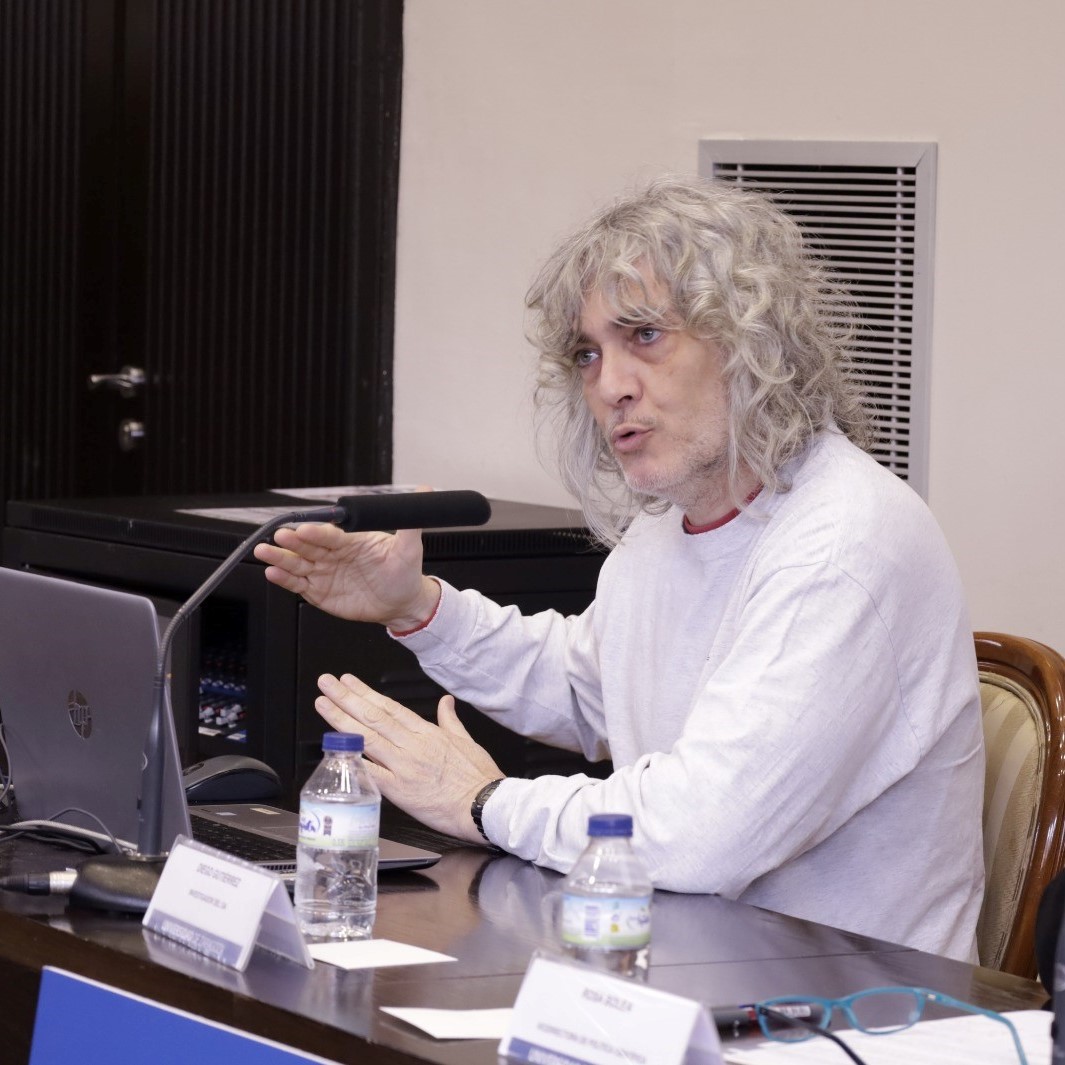
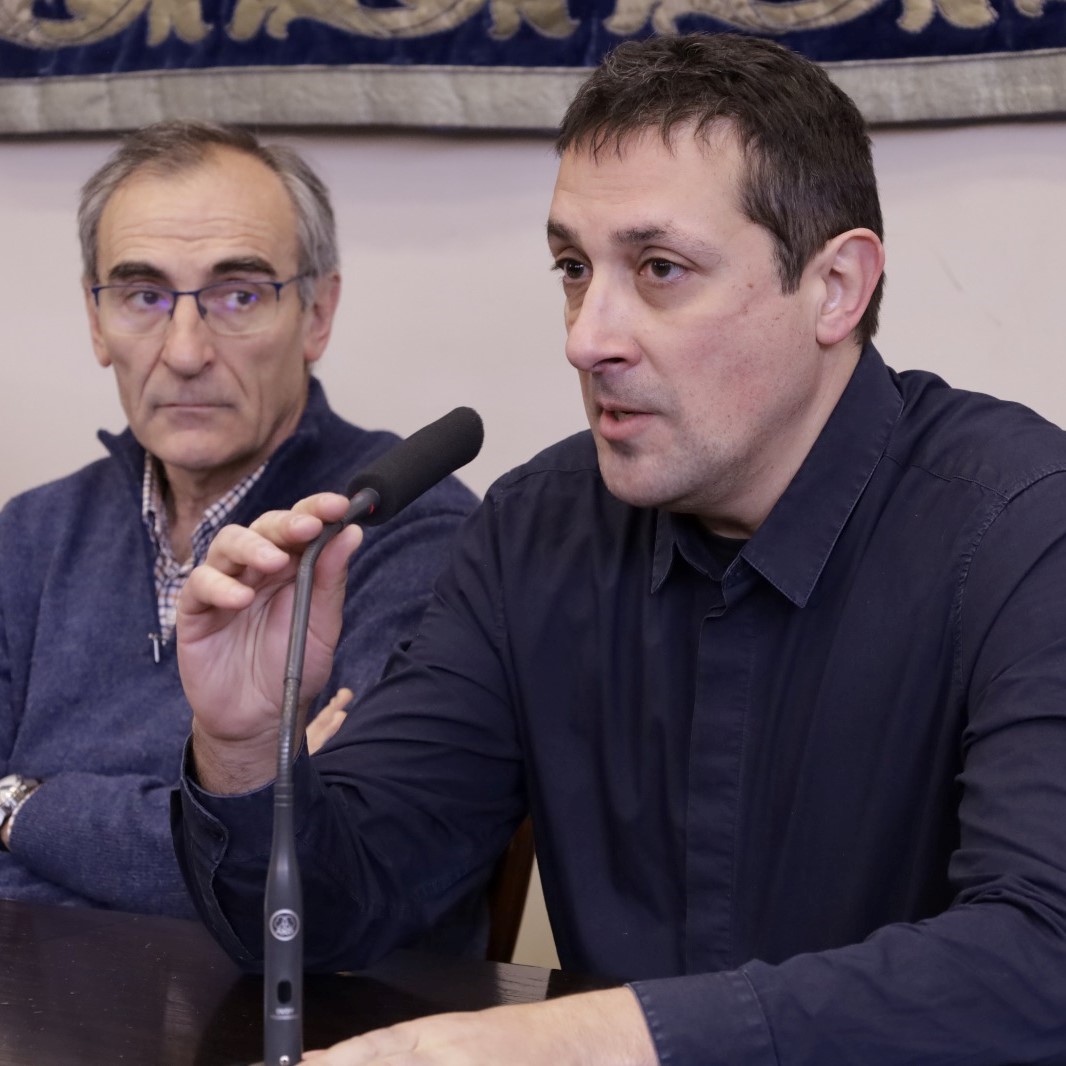
To achieve the ENLIGHTEN project, Diego Gutiérrez stresses that "the work of Albert Redó, a researcher who spent part of his career at MIT and who joined the group just under two years ago, has been key. This shows, once again, that investment in talent is always positive. We were lucky to be able to attract him to our group and the results have not been long in coming. The project comes at a very good time for the group and will allow us to continue developing cutting-edge research in the field of computational imaging.
